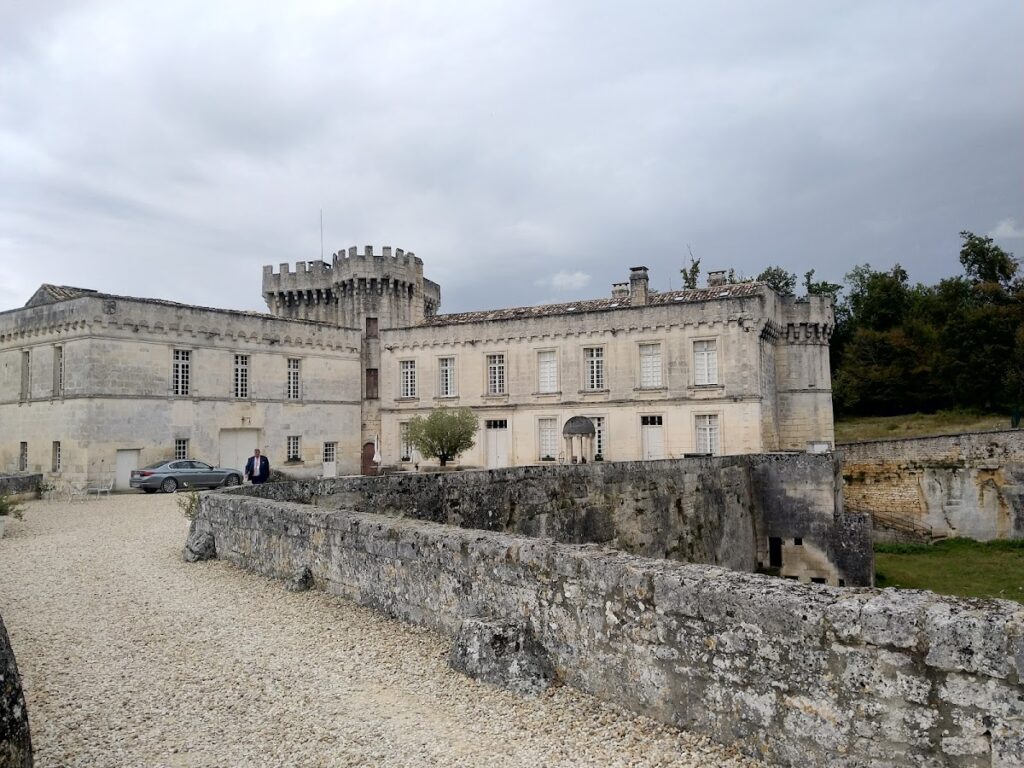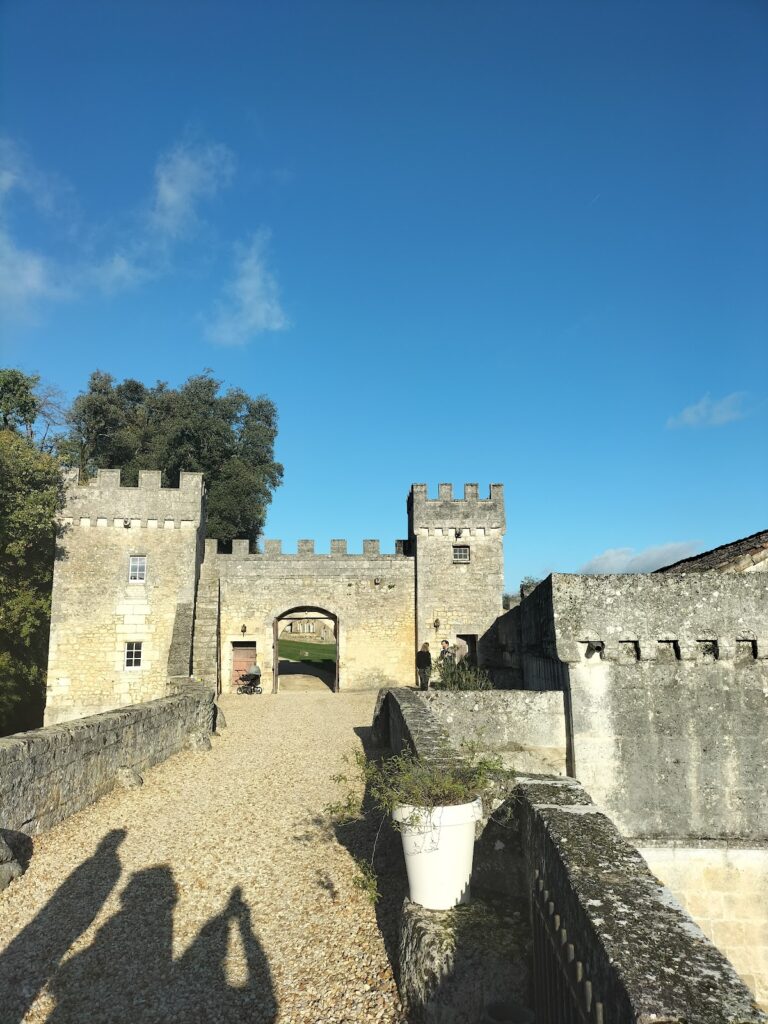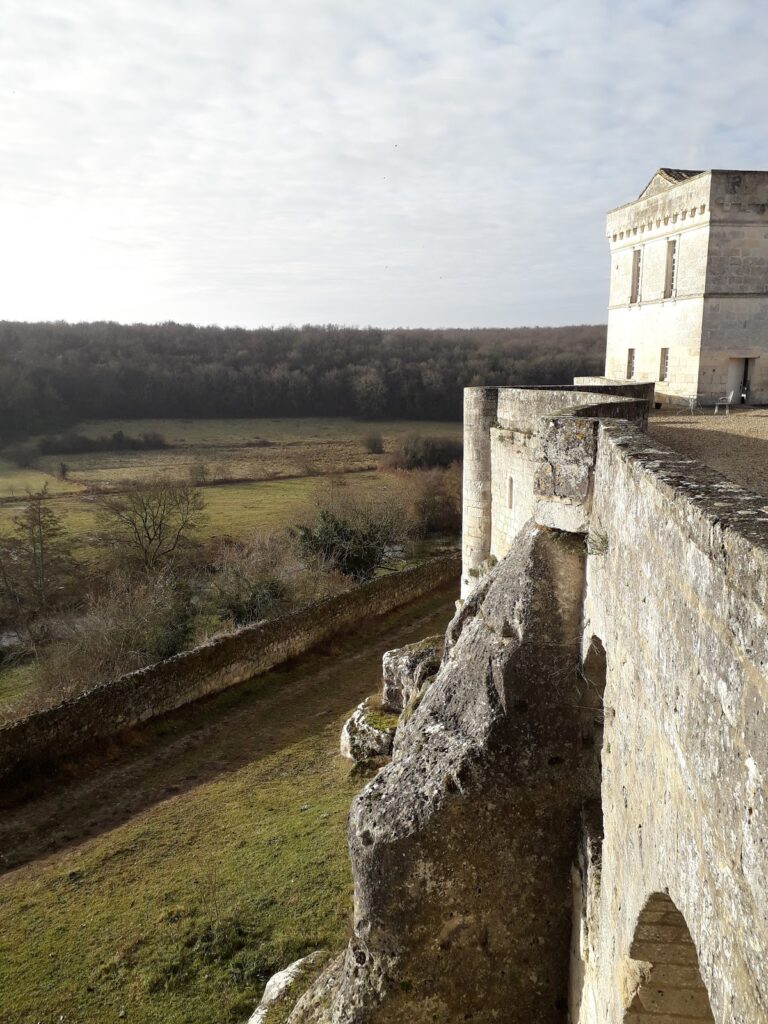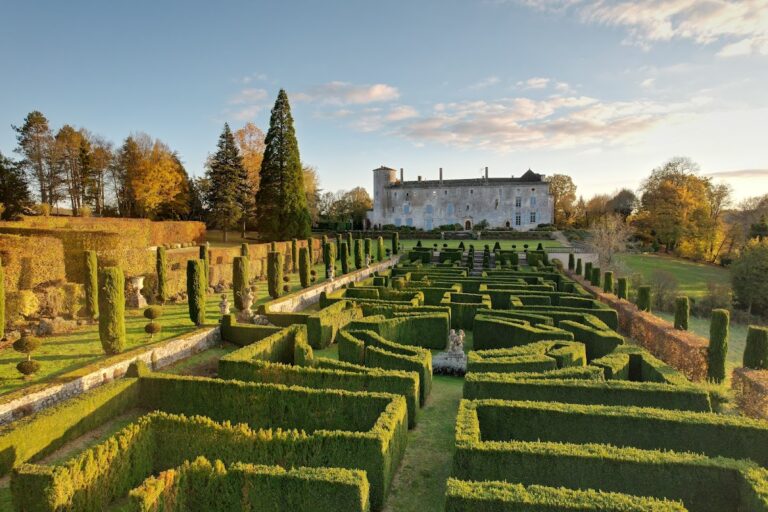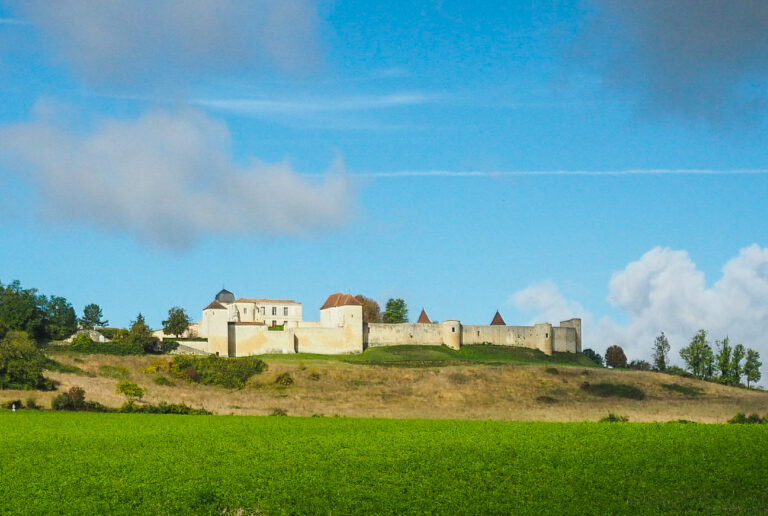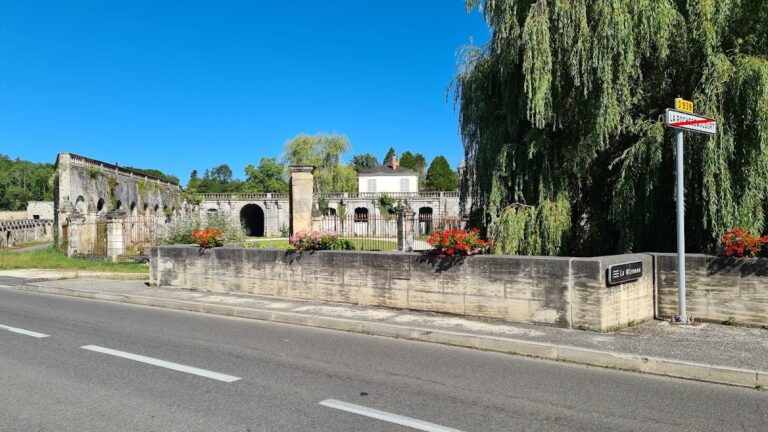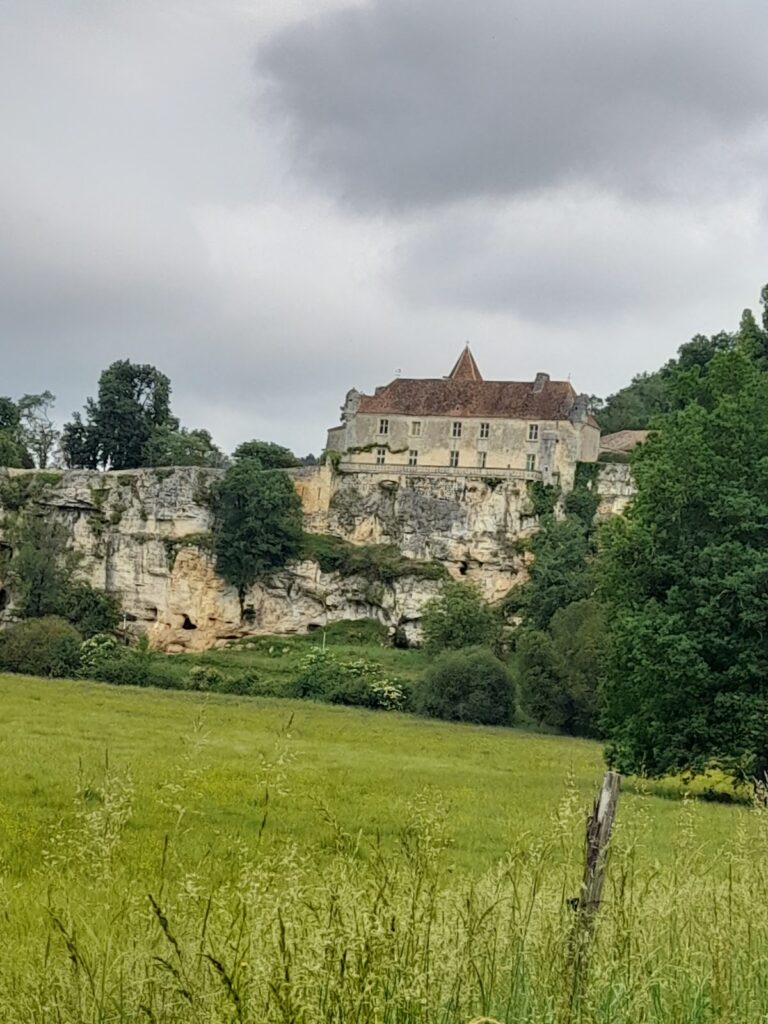Château de la Tranchade: A Historic Medieval Fortress in Garat, France
Visitor Information
Google Rating: 4.5
Popularity: Low
Google Maps: View on Google Maps
Official Website: www.chateaulatranchade.fr
Country: France
Civilization: Unclassified
Remains: Military
History
The Château de la Tranchade is located in Garat, France, and was originally built during the medieval period by regional lords of the Angoumois area. Its site was carefully chosen for strategic purposes, controlling the southeastern route to the nearby city of Angoulême.
In the early Middle Ages, the château’s territory was known by names such as “Monestherou” and “massus de la Truncheda,” reflecting its origins tied to the Occitan word for “trench.” This name highlights the contentious nature of the area in the 11th century, which was contested among several minor warlords. By the 12th century, the estate came under the control of monks from Saint-Cybard Abbey, who later traded it to a nobleman named Gérard Ramnulphe in exchange for tithes and income from mills. This marks the château’s early connections to both religious institutions and feudal nobility.
During the turbulent years of the Hundred Years’ War, the lordship was held by the Pressac family. In 1396, Aymard de Pressac contributed significantly to the château’s fortifications by constructing a square donjon approximately 40 meters high, featuring a spiral staircase. This stronghold played an essential defensive role through this period of conflict.
Subsequent centuries saw the château’s ownership pass to other prominent families, including the Saint-Gelais family from 1492 and the Nesmond family from 1573. The Nesmonds enhanced the château by adding Renaissance-style wings and prominently engraved their coat of arms onto the walls of the surrounding moat. The site continued to experience military action; notably, in 1651 during the Fronde civil unrest, it faced an assault led by the Prince of Condé.
In 1667, the estate was acquired by François III Normand de Puygrelier, who adopted the surname Normand de La Tranchade. The Normand family was influential locally, providing several mayors to Angoulême, including Joseph Normand de La Tranchade in the 19th century. The château experienced upheaval during the French Revolution when it was confiscated and sold as national property. It returned to the family in 1816 after purchase by an ally, Mr. Valet.
Mid-19th century history includes the visit of the future Emperor Napoleon III in 1852 during celebrations for the opening of the Angoulême-Bordeaux railway line. The poet Alfred de Vigny was among those present for this event, linking the château to notable figures of the time.
The château’s fortunes waned following the phylloxera infestation of 1890, which devastated the local vineyards crucial to the estate’s economy. In 1929, Professor Louis Portes purchased and restored the château, ensuring its preservation during the early 20th century. After his death, his widow remarried Count Amédée de Lorgeril, who maintained the historic site until it suffered considerable damage during the 1999 Martin storm. Descendants of these families have continued efforts to preserve the château. Its façades and roofs received official recognition as historic monuments on August 4, 1970. From 2003 onwards, parts of the château such as the Great Hall of Chivalry have been rehabilitated for hosting events, marking a revival of its historical role within the community.
Remains
Perched on a rocky promontory overlooking the Anguienne valley, the Château de la Tranchade maintains a commanding defensive presence shaped by its medieval origins. Its layout centers around a large, square donjon built at the end of the 14th century, reaching approximately 30 meters in height with three floors marked by narrow slit windows. Constructed from stone quarried from the surrounding dry moats, the donjon sits firmly on a steep rock face. It retains original defensive features such as machicolations—stone openings used to drop objects on attackers—and houses a polygonal turret containing a spiral stone staircase, allowing access between levels.
Arranged around the donjon are two wings forming an L-shaped plan. The southeast wing includes a postern gate, a small secondary door for discreet access, and a wine cellar; this portion dates to the 16th century. The northwest wing was added in the 17th century, with both wings having undergone renovations in the 19th century to maintain their condition and adapt them to changing needs.
Access to the château is secured by a wide and deep moat cut directly into the rock to a depth of about eight meters. Originally protected by a drawbridge, the moat is now crossed by a stone bridge replacing this earlier feature. The main entrance portal, crafted in 1598, is an impressive element topped with a crenellated parapet featuring machicolations decorated with stylized shell motifs. Square turrets frame this gateway and share similar ornamental details. Carved into the parapet above the portal is the coat of arms of the Normand de La Tranchade family, accompanied by their motto in Latin, “In fide quiesco,” which translates as “I rest in faith.”
Within the main courtyard stands a 40-meter-deep well, supported by several stone columns beneath a domed roof, providing a vital water source for the inhabitants. Close by, beneath the courtyard surface, lies a small vaulted chamber with a broken barrel vault that opens toward the valley below. This chamber served as a chapel and contains a commemorative plaque honoring Dr. Portes, who restored the château in the early 20th century.
Additional medieval structures include a small truncated tower adjacent to the chapel that predates the 14th-century donjon. Outside the ramparts, to the east, there is a larger truncated tower thought to have functioned as a dovecote, a feature commonly found in noble estates across the region. Attached to the main entrance is a two-story building likely used as a guardhouse, contemporaneous with the late 16th-century portal.
Decorative carving also holds significance at the château. The walls of the rock-cut moat bear engraved coats of arms, including the Normand family’s shield beneath a sundial on the southern face, and a weathered older shield that probably belongs to the Nesmond family. Roof details feature an eastern band with a Maltese cross flanked by daisy motifs, while a scallop shell carved into the donjon’s masonry suggests the château once served as a stop for medieval pilgrims. These symbols indicate the site’s connection not only to military defense but also to spiritual journeys of the period.
